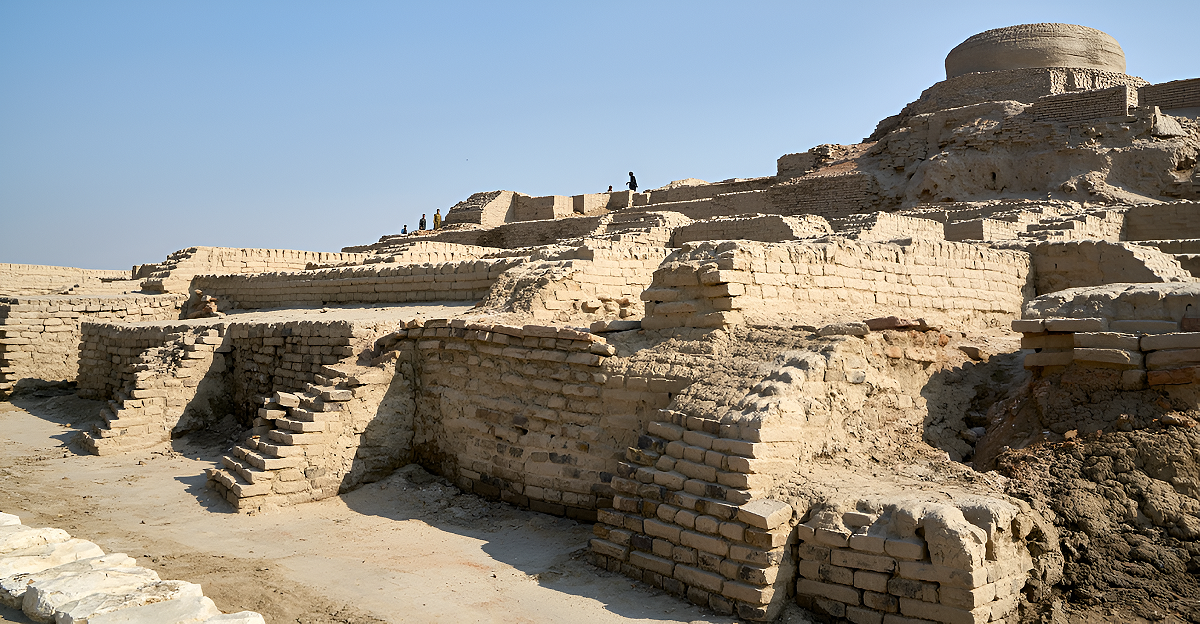
History isn’t always set in stone. Whole civilizations once rose, built cities, ruled lands, and shaped cultures, but now all that’s left are scattered traces of these civilizations.
We know they were real, but where they lived, who they were, or what exactly happened to them is still a mystery. These aren’t just legends; they’re lost chapters of our story that we’re still trying to put back together.
The Mystery of Vanishing Peoples
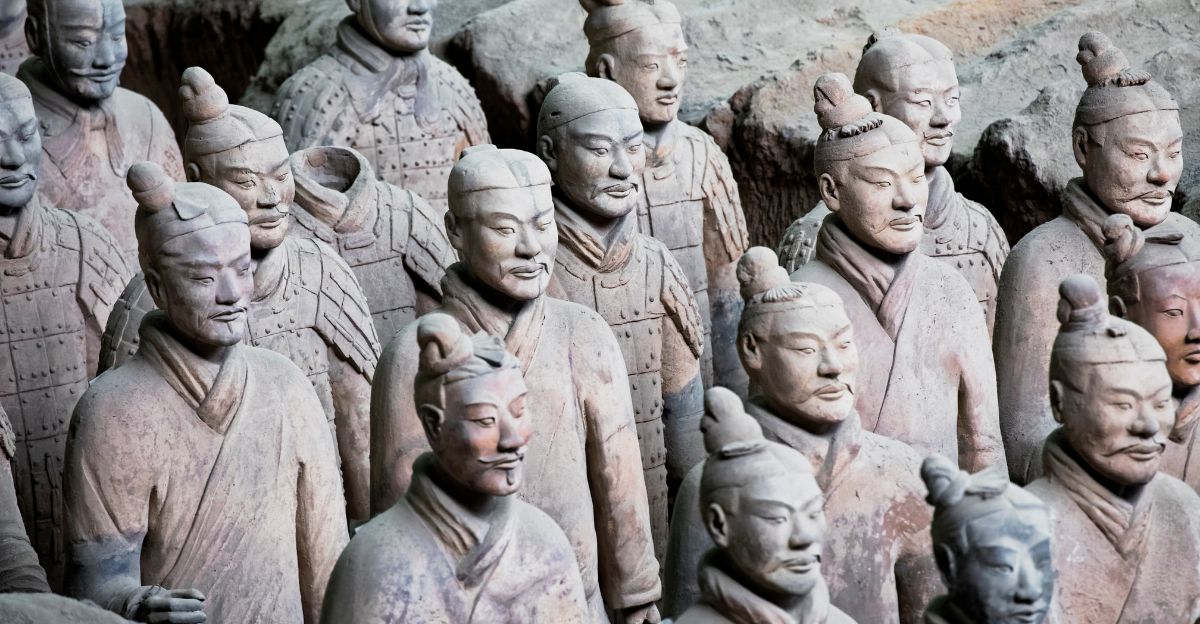
Some of these civilizations left behind jaw-dropping ruins, while others survive only in scattered legends or half-deciphered records. Archaeologists can confirm they were here, but the biggest questions still linger: Where did they really live?
Why did they disappear? What secrets are still buried under jungles, deserts, or oceans? Let’s take a look at nine civilizations we know existed, but can’t find.
1. The Indus Valley People
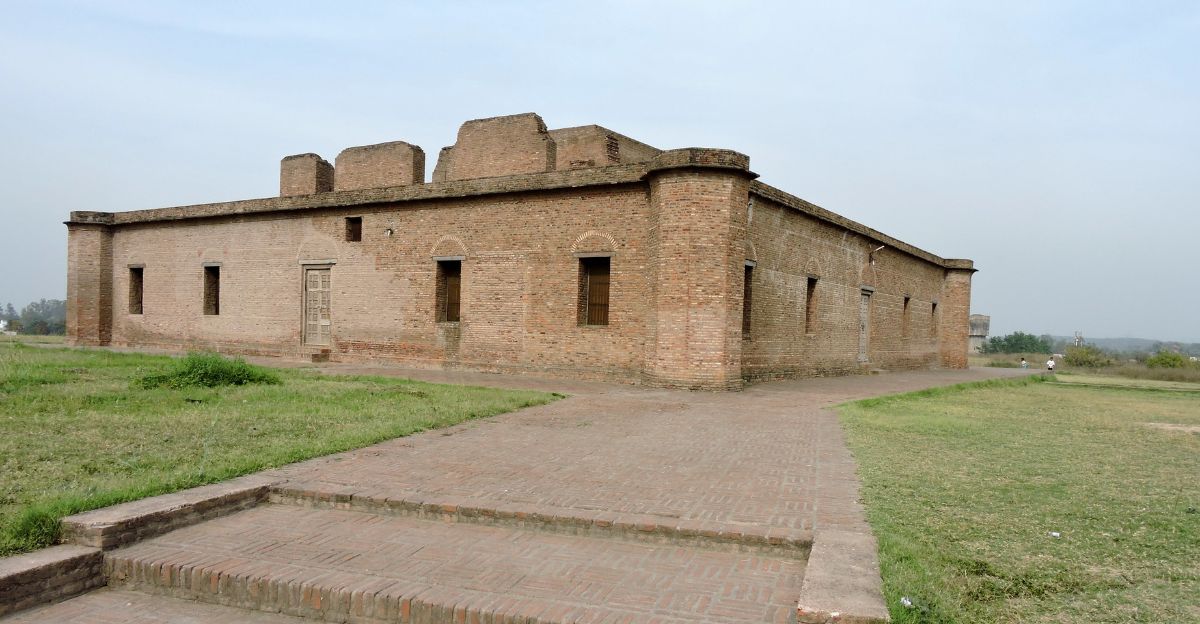
The Indus Valley Civilization rivaled Egypt and Mesopotamia in size and grandeur, with massive cities like Harappa and Mohenjo-daro. They built advanced drainage systems, created huge trade networks, and raised populations in the millions.
But despite all that, their script remains undeciphered, leaving their culture eerily quiet. We know the Indus people were highly sophisticated, but we still don’t know who they truly were.
But Where Are They Now?
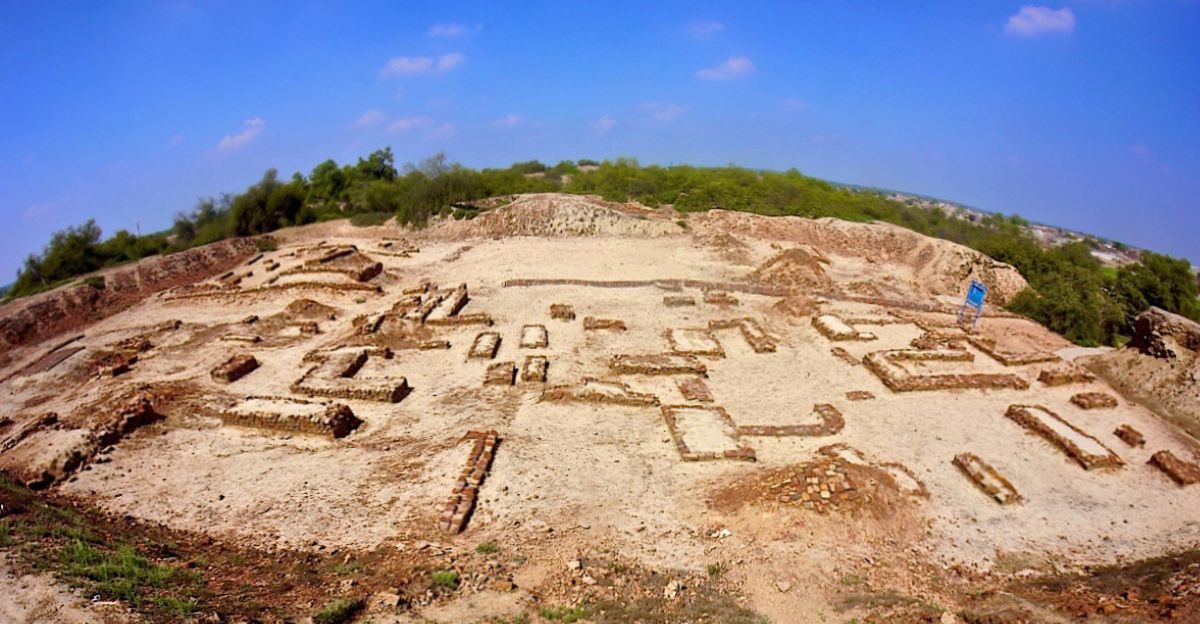
The Indus people are unlike most other ancient civilizations because they don’t leave behind a clear line of descendants or an unbroken cultural thread. Many people still debate what brought them down; was it droughts, shifting rivers, climate change, or invading forces that broke their society apart and scattered them?
Some believe their influence still echoes in South Asian traditions, but without being able to read their script, we’re left guessing. In the end, they remain one of history’s greatest mysteries.
2. The Kingdom of Punt
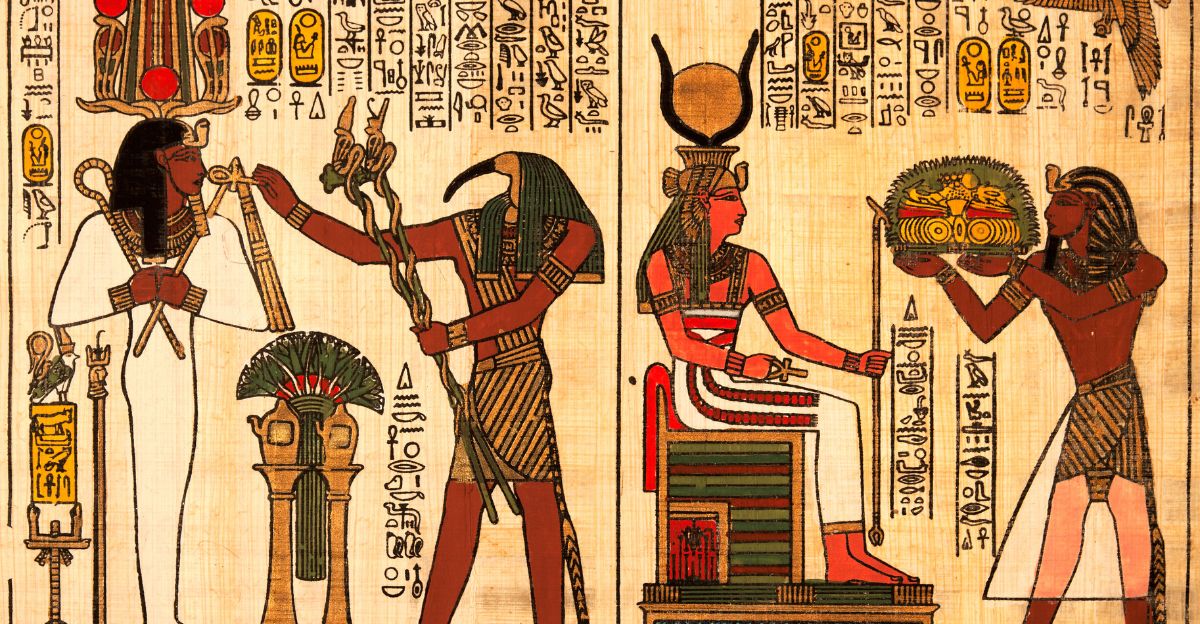
The ancient Egyptians couldn’t stop talking about Punt, which was a land overflowing with gold, incense, ivory, and rare animals. Pharaohs sent huge expeditions there, packed with gifts, hoping to strengthen ties and secure those treasures.
To Egypt, Punt’s goods were so valuable that they were seen as blessings from the gods. But here’s the catch: despite all the detailed murals and writings, the Egyptians never revealed the biggest detail of all, which is where Punt actually was.
Lost on the Map
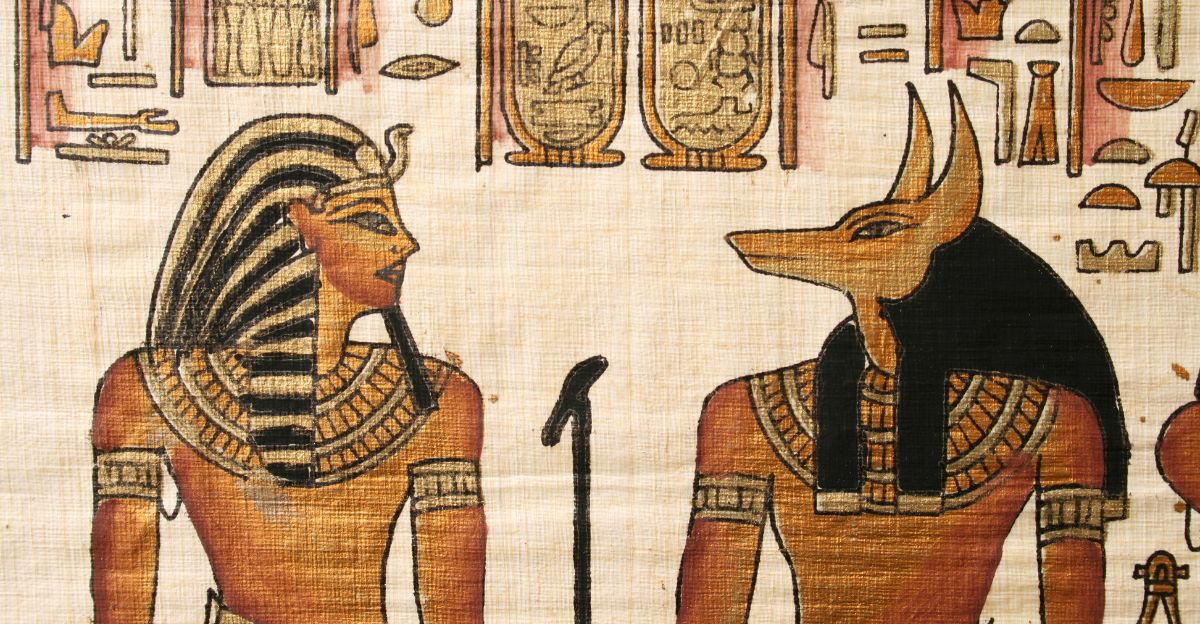
Historians still can’t pin Punt on a map. Some people think it was in Somalia, others argue for Yemen, Sudan, or Eritrea, but no solid ruins have ever been found. Instead, we’re left with scattered clues: drawings of stilted huts, massive trade ships, and animals found nowhere else.
It’s possible the real Punt is still hiding in forgotten ruins along the Red Sea coast. It’s hard to believe, but Egypt’s closest trading partner disappeared so completely that we still don’t know where it stood.
3. The Nabataeans
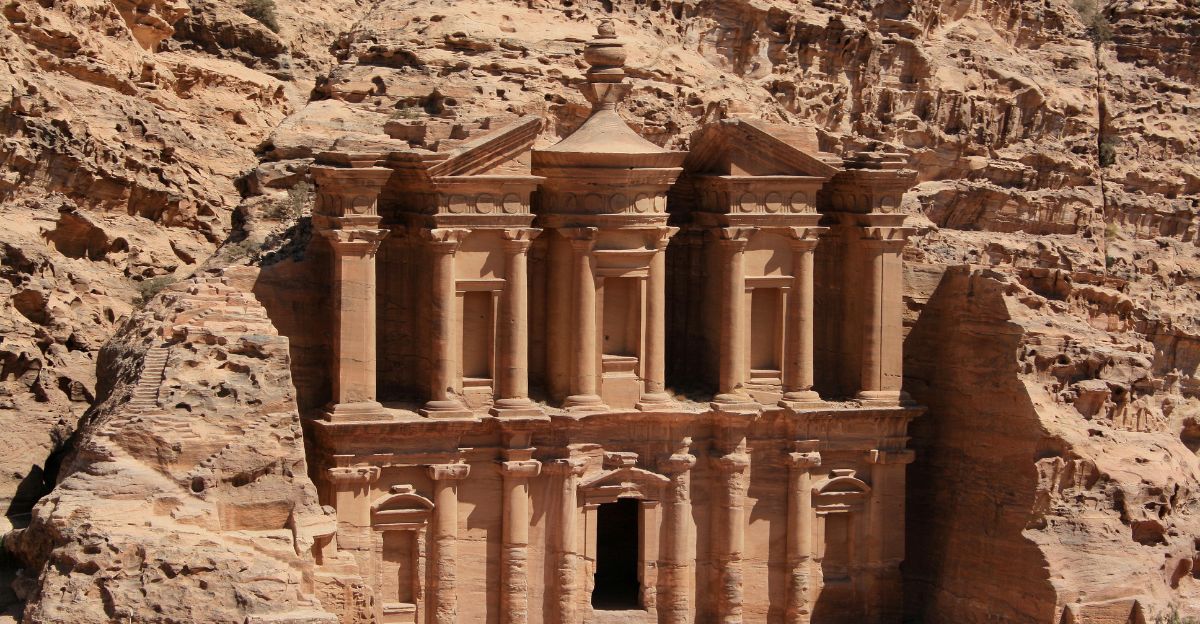
The Nabataeans carved entire cities from stone, controlled key trade routes, and built water systems that let them flourish where most people couldn’t.
Their crown jewel, Petra, looks like something out of another world. It is a rose-red city carved straight into towering cliffs. However, the Nabataeans have mostly slipped into history’s shadows, remembered more for their ruins than their story.
Vanished into History
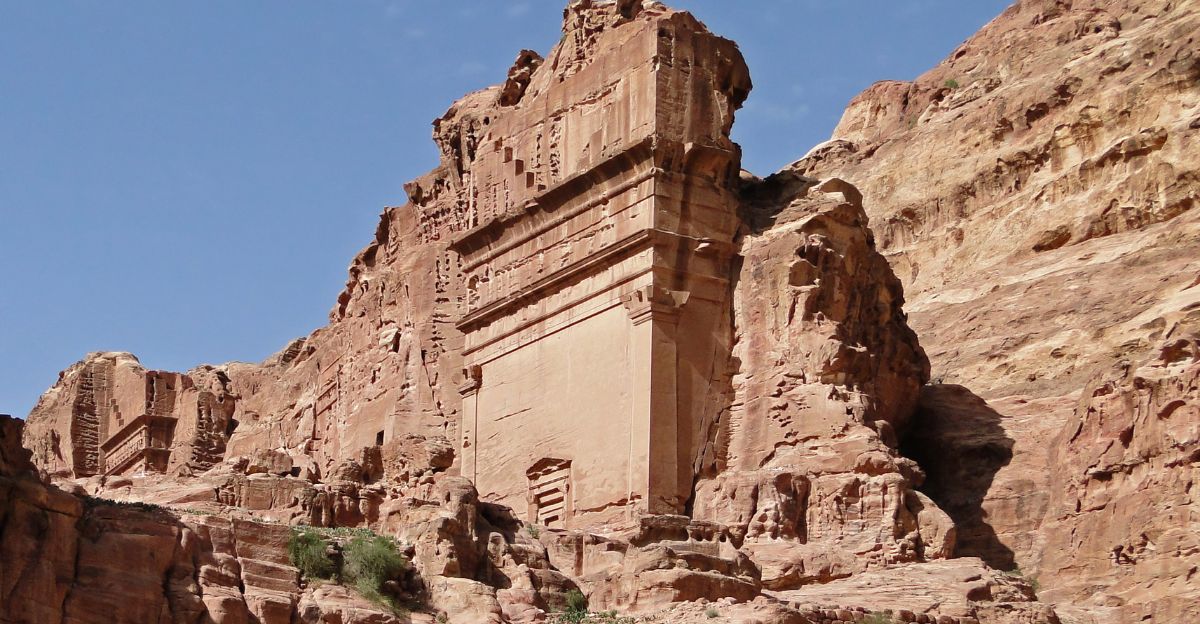
The Nabataeans slowly faded into history. Roman influence absorbed their kingdom, their language disappeared, and much of their story was lost. Outside of Petra’s breathtaking monuments, we’re left with only fragments of who they were.
Were they once fierce rulers, wandering traders, or simply desert geniuses ahead of their time? We don’t really know.
4. The Olmecs
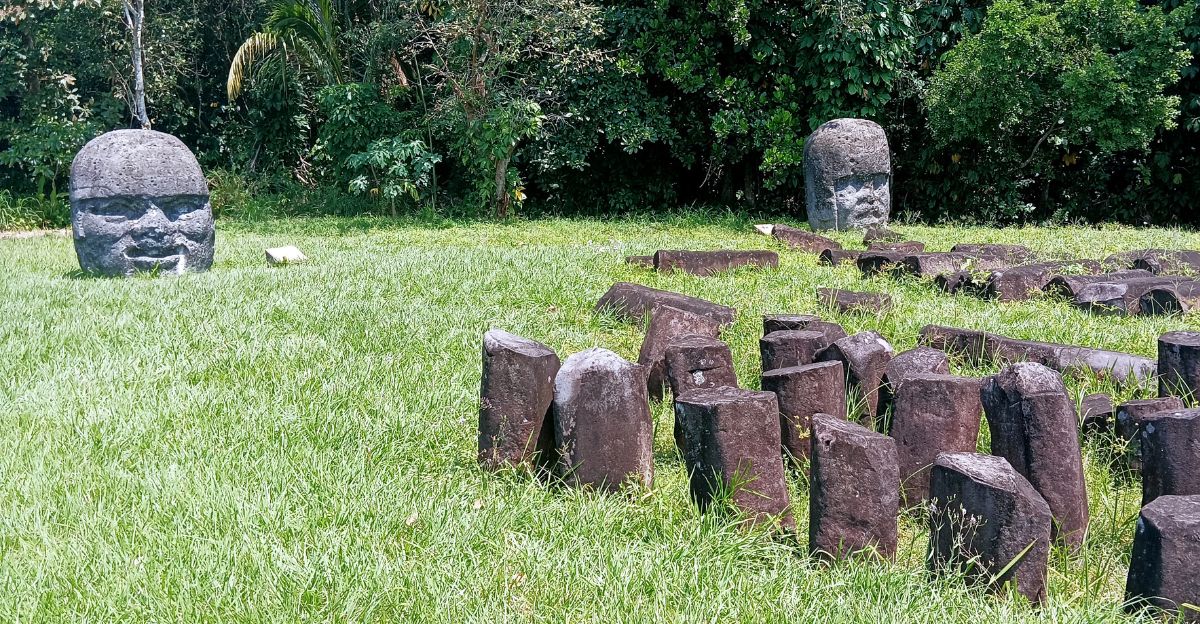
Before the Maya or Aztec, the Olmecs ruled parts of early Mesoamerica. Their legacy lives on in colossal stone heads, towering sculptures carved from basalt, some of which weigh up to 40 tons, each with strikingly human features. These giant sculptures suggest organized labor, artistry, and leadership.
We know they paved the way for future civilizations through religion, trade, and culture. However, beyond these monuments, their story isn’t really written down anywhere.
But Their Cities? Gone
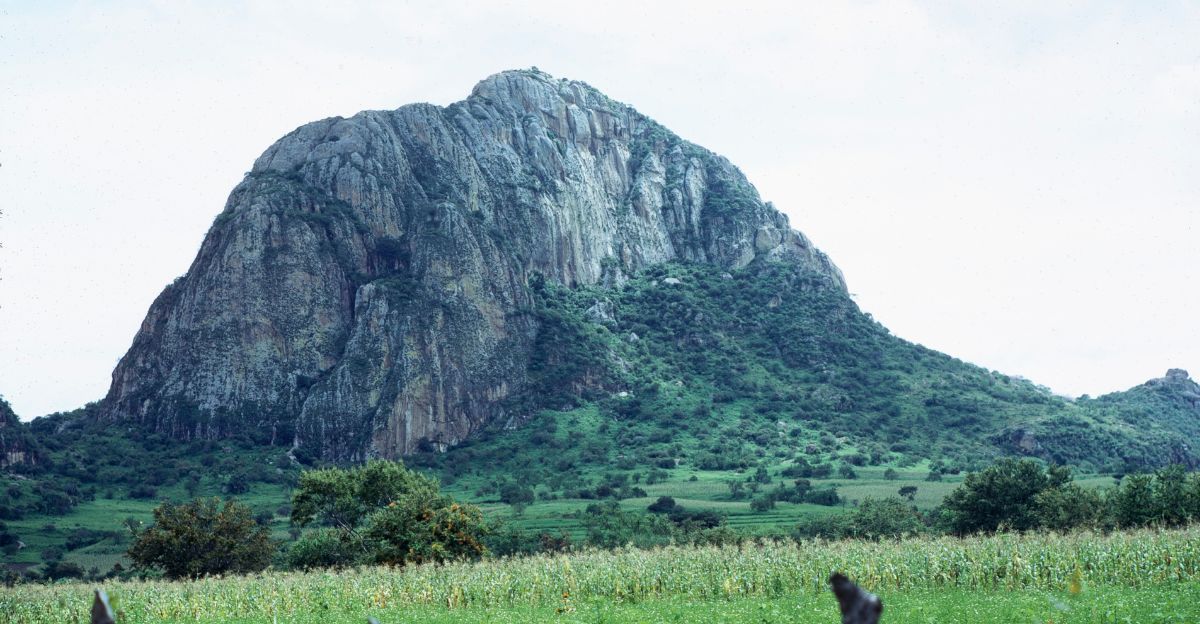
Every Olmec city eventually collapsed. Some were abandoned, while others were swallowed by the jungle or taken over by later cultures. Why they fell is still unknown. It could’ve been due to floods, shifting climate, or conflict, but no one really knows.
Unlike the Maya or Aztec, they left behind no rich written record. Instead, their civilization speaks only through those massive stone faces.
5. The Ancestral Puebloans (Anasazi)
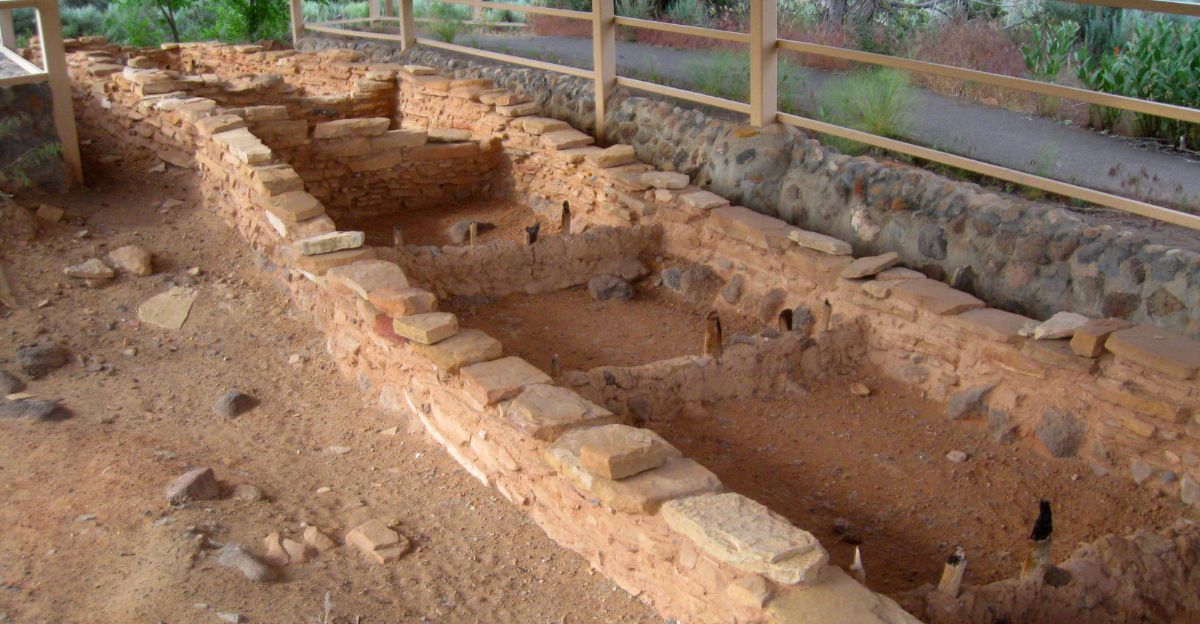
The cliffside stone dwellings are all that remain of the Ancestral Puebloans. These massive stone dwellings have rooms, plazas, and sacred spaces that have been carved into desert cliffs.
At their height, they dominated the American Southwest, living in harsh desert conditions. Walking through places like Mesa Verde or Chaco Canyon feels less like ruins and more like a world paused mid-story.
A Puzzling Disappearance
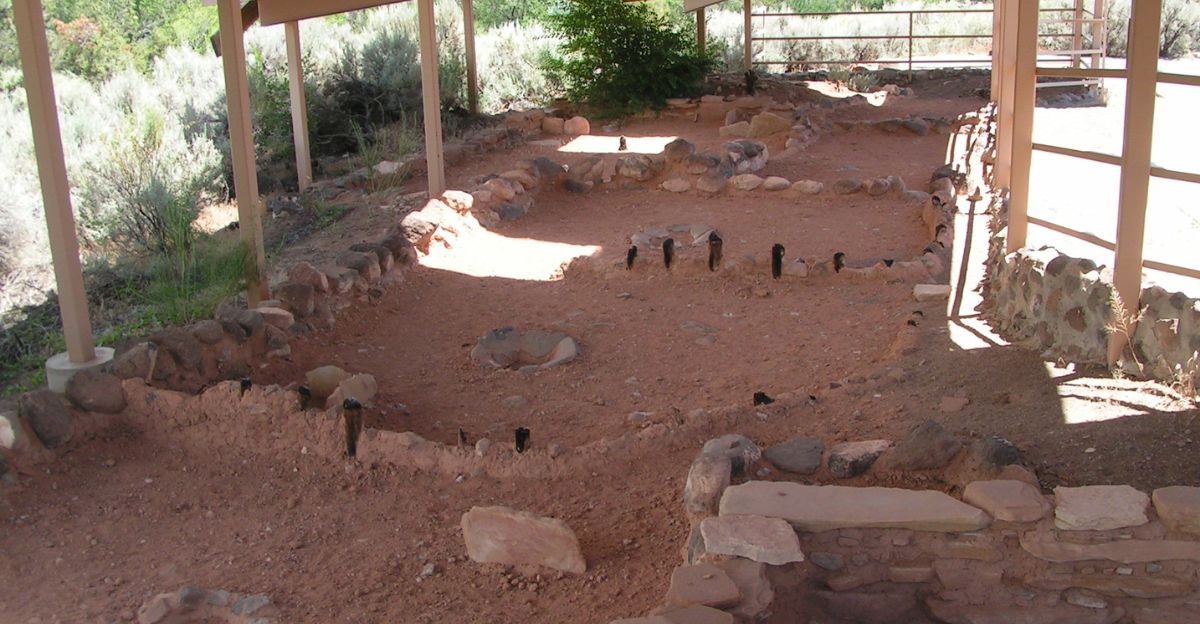
By about 1300 CE, the Ancestral Puebloans abandoned their stone cities. Maybe it was because of droughts, conflicts, or dwindling resources, no one knows for sure.
Some connections to modern Pueblo tribes exist, but the full story is still missing. Their cliffside palaces remain as ghostly reminders of a society that thrived, then vanished suddenly.
6. The Lycians
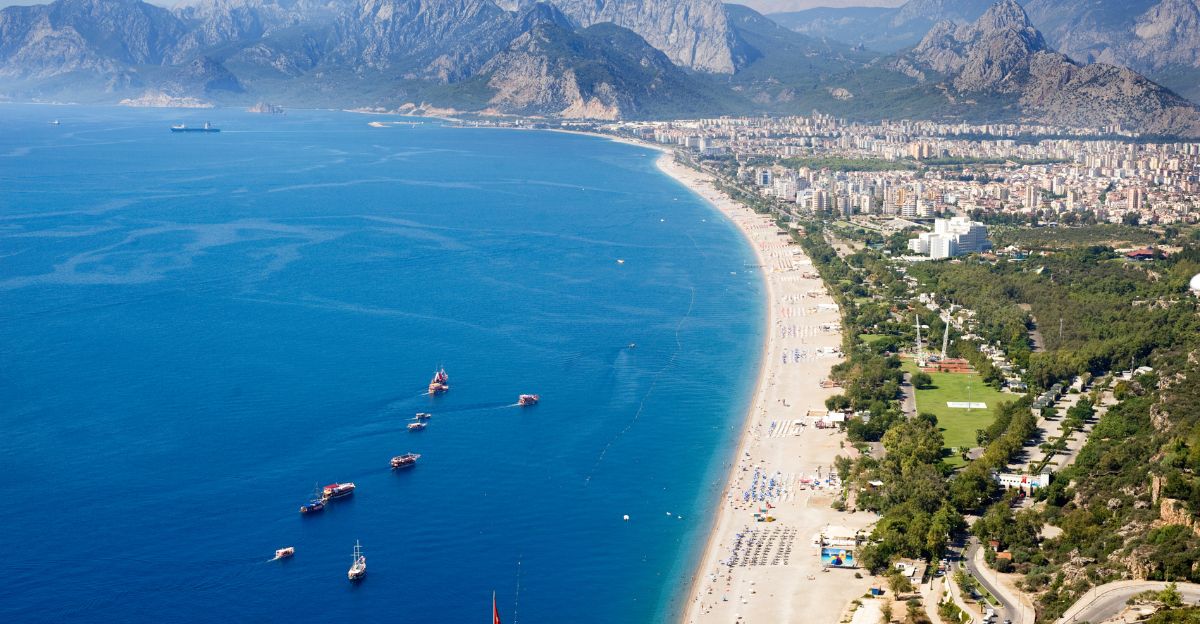
Along Turkey’s coastlines, the Lycians left behind stunning cliffside tombs that still surprise visitors today. They stood out in the ancient world for their unusual democratic federation, which was a rare political model at the time.
Caught between Greek and Persian influence, they struck coins and inscribed their own language. And yet, despite these achievements, their history isn’t known all that well.
Erased by Empires
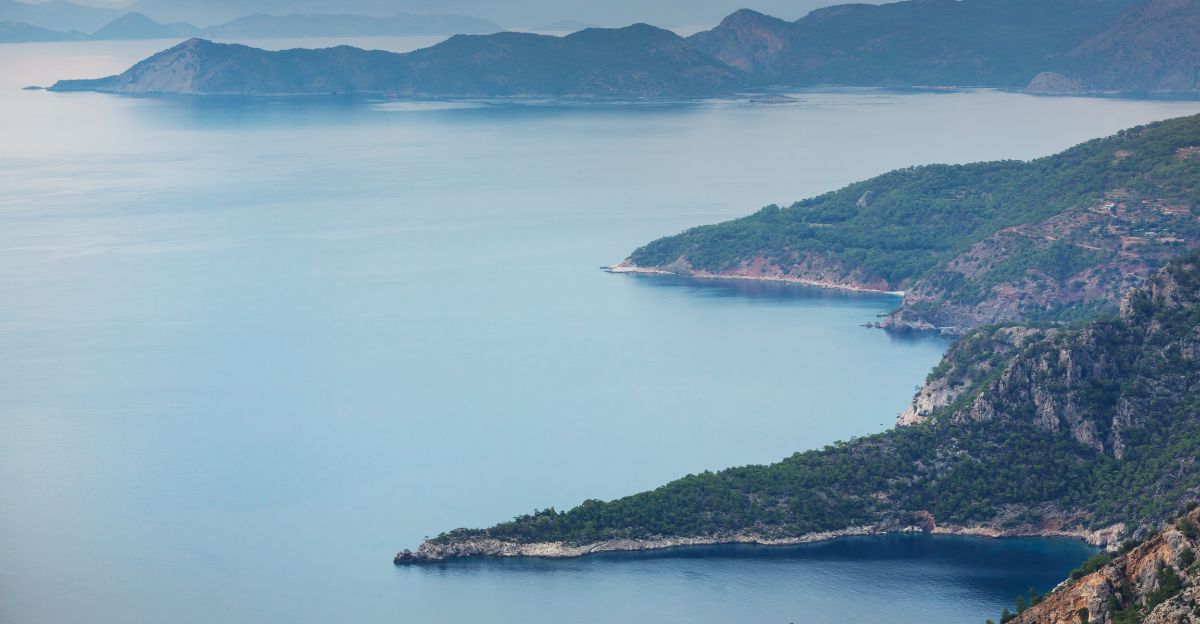
The Lycians were slowly enveloped by outside powers like Persia, Greece, and Rome. Over time, their independence faded, and their distinct politics, culture, and language dissolved into larger empires.
Their tombs and ruins still litter the Mediterranean coast, but the people themselves slipped into obscurity. Did they merge with later societies so that their identity vanished altogether?
7. The Hittites
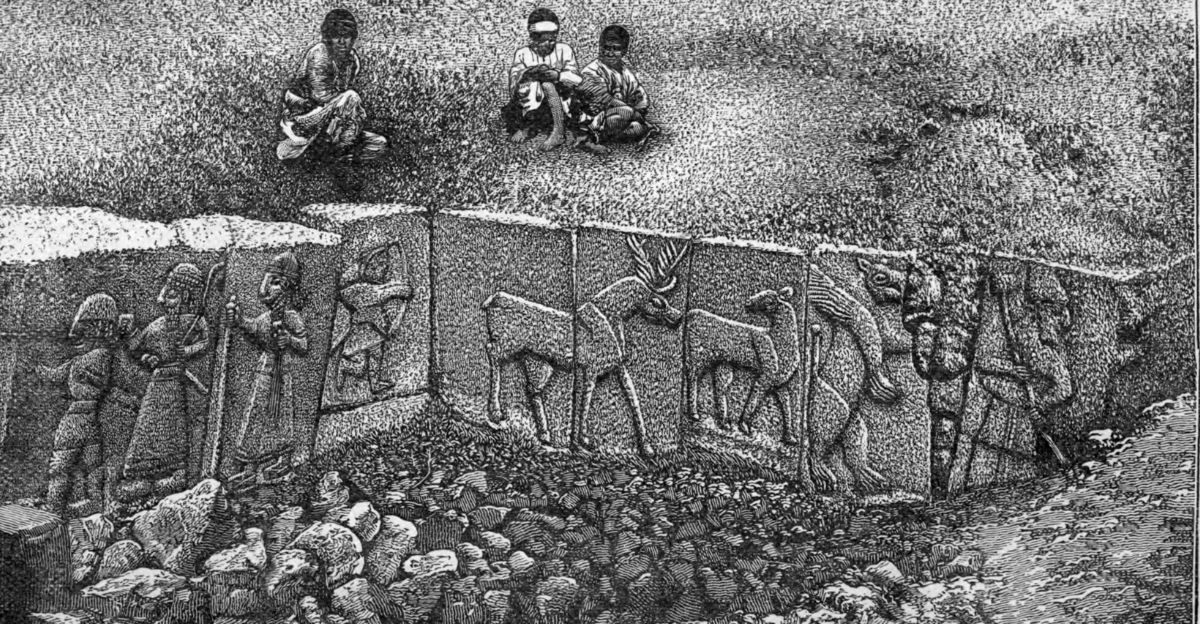
The Hittites built a powerhouse empire during the Bronze and Iron Ages, standing toe-to-toe with Egypt and Babylon. They famously clashed with Ramses II at Kadesh, ending in a stalemate, and the world’s first recorded peace treaty.
Their empire spanned Anatolia and Syria, influencing trade, war, and diplomacy. However, within centuries, they disappeared so completely that for almost two thousand years, many people thought that the Hittites were just a legend.
Forgotten Until Rediscovery
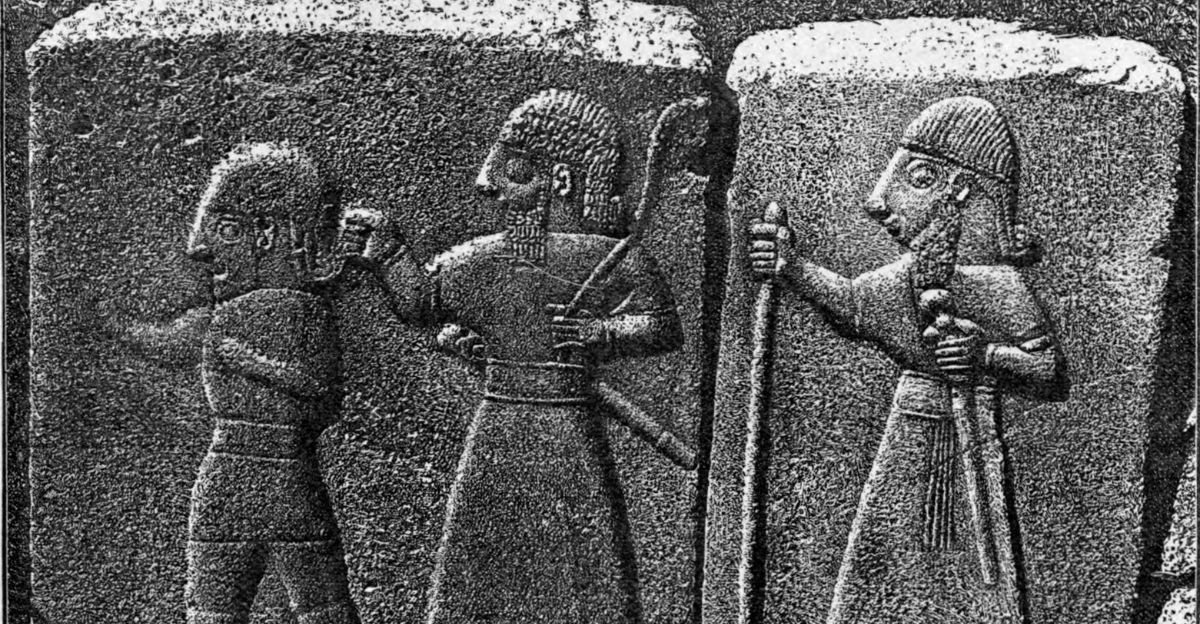
It wasn’t until the early 1900s that archaeologists stumbled upon their cuneiform tablets, finally proving the empire really existed. Their capital, Hattusa, has been partially excavated, but a bif portion of their realm remains unknown.
The Hittites show how even powerful civilizations can disappear so thoroughly that they’re believed to be a myth.
8. The Khmer Empire’s Predecessor (Mahendraparvata)
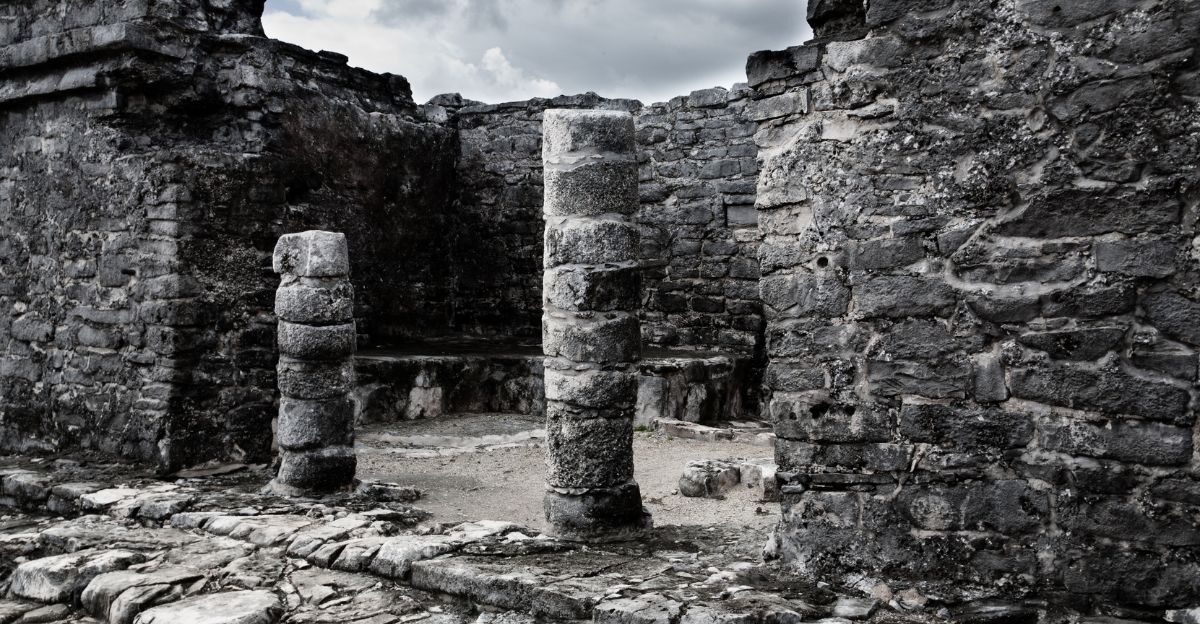
Long before Angkor Wat became legendary, Mahendraparvata thrived, buried for centuries beneath Cambodia’s jungle. Mentioned only in myths, it was a massive urban experiment.
Ancient rulers constructed temples, canals, and organized city grids. But without modern tools to preserve or reveal it, Mahendraparvata vanished from sight, leaving behind only scattered ruins.
Lost Beneath the Canopy
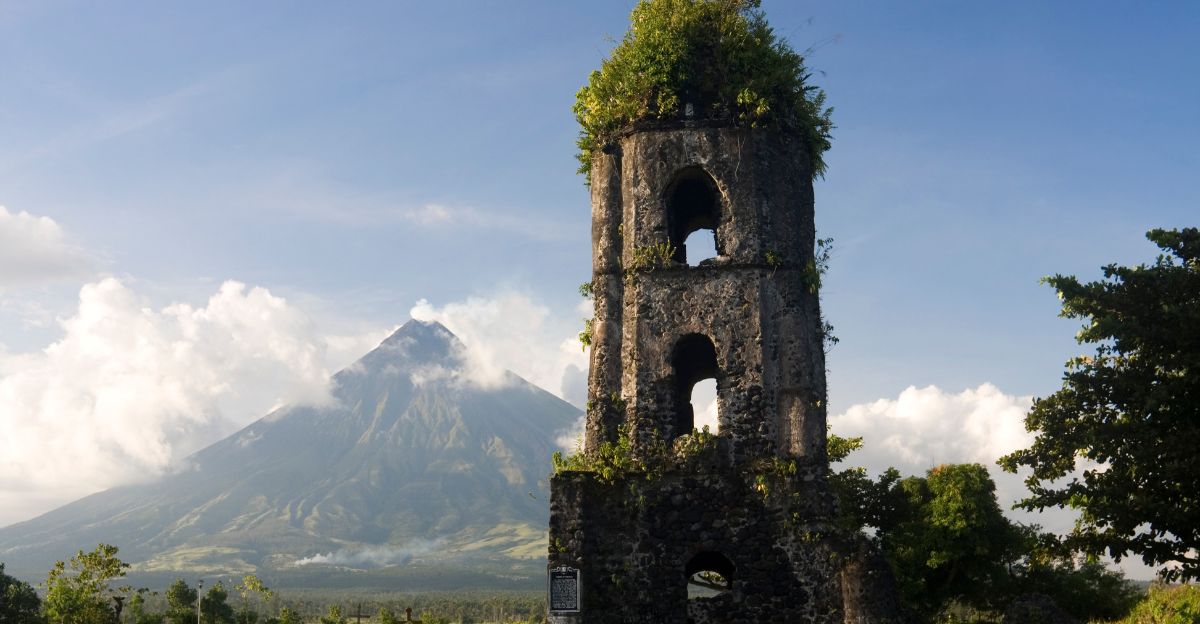
It wasn’t until LiDAR technology scanned the dense jungle that researchers realized just how massive Mahendraparvata actually was. Hidden roads and city layouts showed an entire urban world buried for over a thousand years.
Unlike Angkor, Mahendraparvata had been completely erased by time, its ruins invisible until modern tools brought them back into view.
9. The Cucuteni-Trypillia
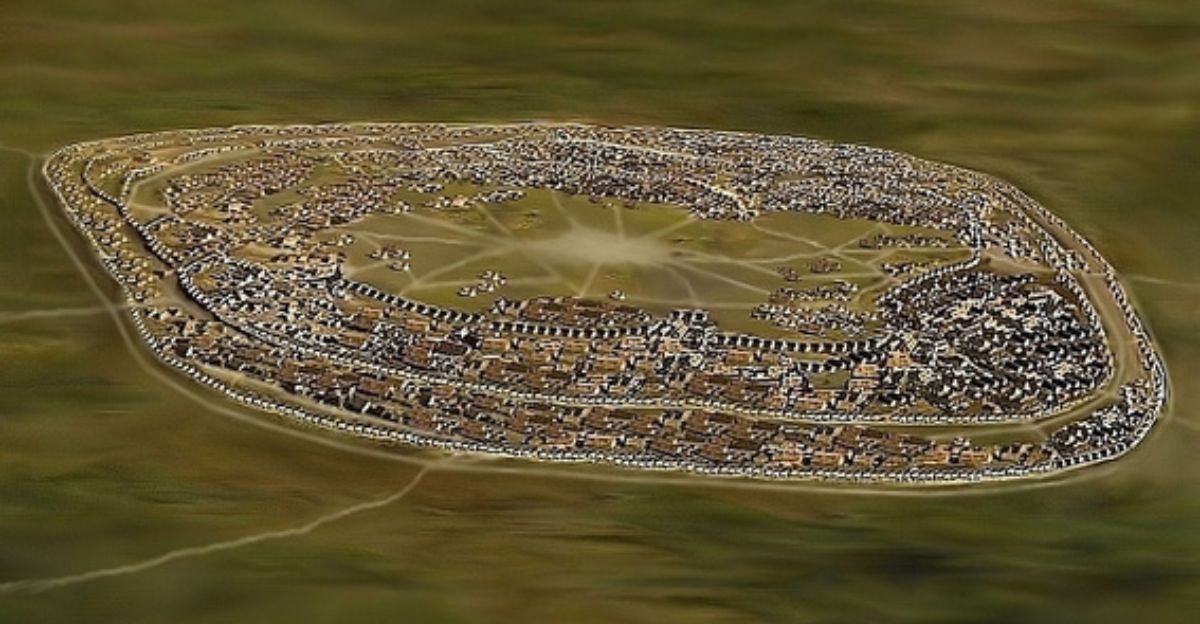
Long before ancient Greece, the Cucuteni-Trypillia culture thrived in Eastern Europe. They built massive proto-cities, some home to tens of thousands of people, which were bigger than many Mesopotamian cities of the time.
Their pottery was intricate, and their communities were impressively organized. Despite their achievements, these early urban pioneers remain mostly unknown outside of scholarly circles.
Vanished Without Explanation
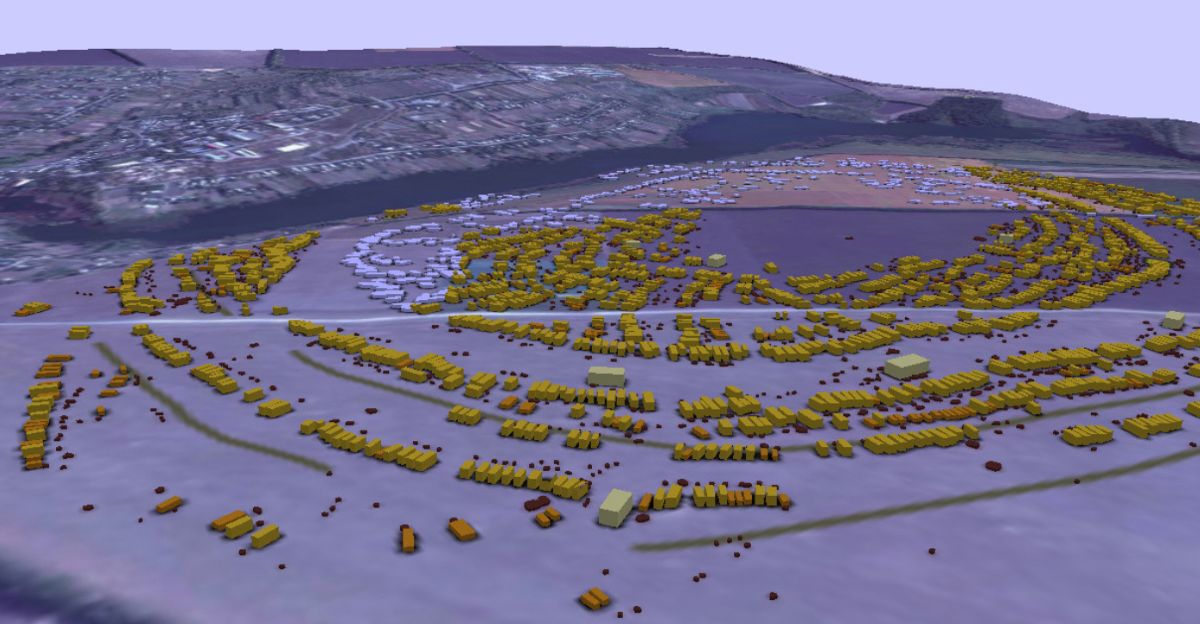
By around 3000 BCE, the Cucuteni-Trypillia culture mysteriously fell apart. Huge settlements were burned and abandoned, whether as ritual, crisis, or something else, no one knows.
Were they displaced, affected by climate change, or absorbed into other cultures? Without written records, the reasons remain a mystery.